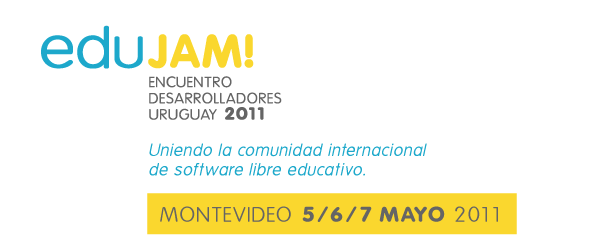By: Walter Bender
There are certainly cases where applying objective measures badly is worse than not applying them at all, and education may well be one of those. –Nate Silver
Not to be deterred by Nate Silver’s words of warning, Claudia Urrea and I continue to work on mechanisms for visualizing learning Sugar. Along with the Pacita Pena and other members of the Learning Team, we have been designing rubrics that capture the level of fluency with the technology as well as the creative use of the individual Sugar tools by children. The rubrics are captured automatically in some Sugar activities, e.g., Turtle Art and a modified version of Write. We are aiming for evaluations that look more broadly than those data that are captured by standardized tests. We just submitted a paper, “Visualizing Learning with Turtle Artâ€, in which we present some measurements calculated from 45 Turtle Art projects created by children working with Quirós Tanzi Foundation.
We claim that the rubric serves as a partial evaluation tool for open-ended projects. Partial, because it is only a measure of how the children used Turtle Art to express themselves, but not what they made or why they made it. But the rubric does have the potential to give some assistance to the teacher who is working within the context of accountability, without adding an additional burden of analysis above and beyond looking at the work itself.
We want children not just to learn about the computer, but also to learn with the computer. Providing activities such as Turtle Art that engage them in computational thinking in the context of personal expression is necessary, but not sufficient. Giving them tools for reflection enhance the learning experience. Giving their teachers simple-to-use mechanisms for assessment increase the odds that activities like Turtle Art will find more mainstream acceptance. Making it easier to assess open-ended projects lowers one of the barriers that are preventing more use of the arts in school.


